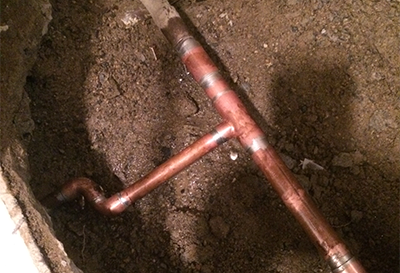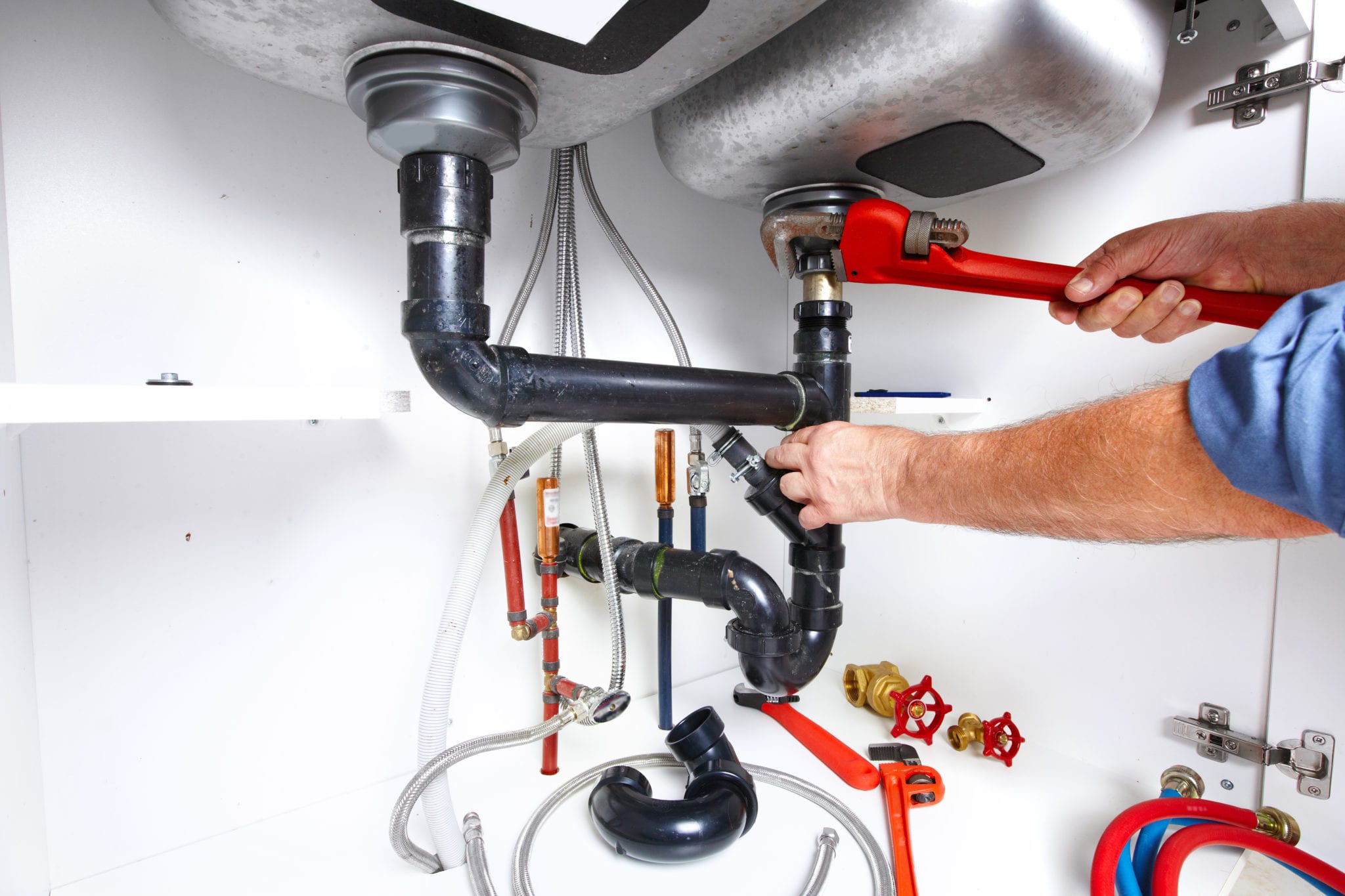Just how do you really feel about Detecting hidden plumbing leaks?

Early discovery of dripping water lines can mitigate a prospective calamity. Some tiny water leaks may not be noticeable.
1. Check Out the Water Meter
Examining it is a surefire way that helps you discover leakages. If it moves, that suggests a fast-moving leak. This implies you may have a slow leak that could also be below ground.
2. Inspect Water Intake
Evaluate your water bills and also track your water usage. As the one paying it, you should see if there are any type of inconsistencies. If you detect sudden changes, in spite of your intake being the same, it suggests that you have leakages in your plumbing system. Keep in mind, your water expense need to drop under the same array on a monthly basis. A sudden spike in your bill suggests a fast-moving leakage.
A stable increase every month, even with the very same habits, reveals you have a slow leak that's additionally gradually escalating. Call a plumber to extensively check your building, especially if you feel a cozy location on your flooring with piping beneath.
3. Do a Food Coloring Test
30% comes from bathrooms when it comes to water consumption. Examination to see if they are running appropriately. Drop specks of food shade in the tank and also wait 10 mins. If the color somehow infiltrates your dish throughout that time without flushing, there's a leak between the tank and dish.
4. Asses Exterior Lines
Don't neglect to examine your outdoor water lines too. Test spigots by connecting a garden pipe. Must water leak out of the connection, you have a loose rubber gasket. Replace this as well as make certain all links are tight. If you've got an automatic sprinkler, it will certainly assist get it skillfully took a look at and maintained each year. One little leak can lose tons of water and also surge your water costs.
5. Evaluate as well as Assess the Circumstance
Home owners should make it a habit to examine under the sink counters as well as also inside cabinets for any type of bad odor or mold development. These two red flags indicate a leak so timely interest is required. Doing regular examinations, also bi-annually, can conserve you from a major issue.
A lot more importantly, if you understand your residence is already old, keep a watchful eye on your heaters, hoses, pipes etc. Check for discolorations and deteriorating as most pipes and also appliances have a life span. They will certainly also normally deteriorate due to wear and tear. If you presume leaking water lines in your plumbing system, don't await it to rise. Call a professional plumber right away so you don't end up with a terrible mess in your house.
Early discovery of leaking water lines can minimize a potential calamity. Some tiny water leaks may not be noticeable. Inspecting it is a surefire way that helps you discover leakages. One small leak can throw away lots of water as well as increase your water expense.
If you believe leaking water lines in your plumbing system, do not wait for it to rise.
WARNING SIGNS OF WATER LEAKAGE BEHIND THE WALL
PERSISTENT MUSTY ODORS
As water slowly drips from a leaky pipe inside the wall, flooring and sheetrock stay damp and develop an odor similar to wet cardboard. It generates a musty smell that can help you find hidden leaks.
MOLD IN UNUSUAL AREAS
Mold usually grows in wet areas like kitchens, baths and laundry rooms. If you spot the stuff on walls or baseboards in other rooms of the house, it’s a good indicator of undetected water leaks.
STAINS THAT GROW
When mold thrives around a leaky pipe, it sometimes takes hold on the inside surface of the affected wall. A growing stain on otherwise clean sheetrock is often your sign of a hidden plumbing problem.
PEELING OR BUBBLING WALLPAPER / PAINT
This clue is easy to miss in rooms that don’t get much use. When you see wallpaper separating along seams or paint bubbling or flaking off the wall, blame sheetrock that stays wet because of an undetected leak.
BUCKLED CEILINGS AND STAINED FLOORS
If ceilings or floors in bathrooms, kitchens or laundry areas develop structural problems, don’t rule out constant damp inside the walls. Wet sheetrock can affect adjacent framing, flooring and ceilings.
https://www.servicemasterbyzaba.com/blog/how-to-detect-water-leakage-in-walls/

Hopefully you liked our topic on Top leak detection hacks. Thanks for taking the time to browse our content. Be sure to take the time to share this article if you appreciated it. We treasure reading our article about Hacks to detect leaks.